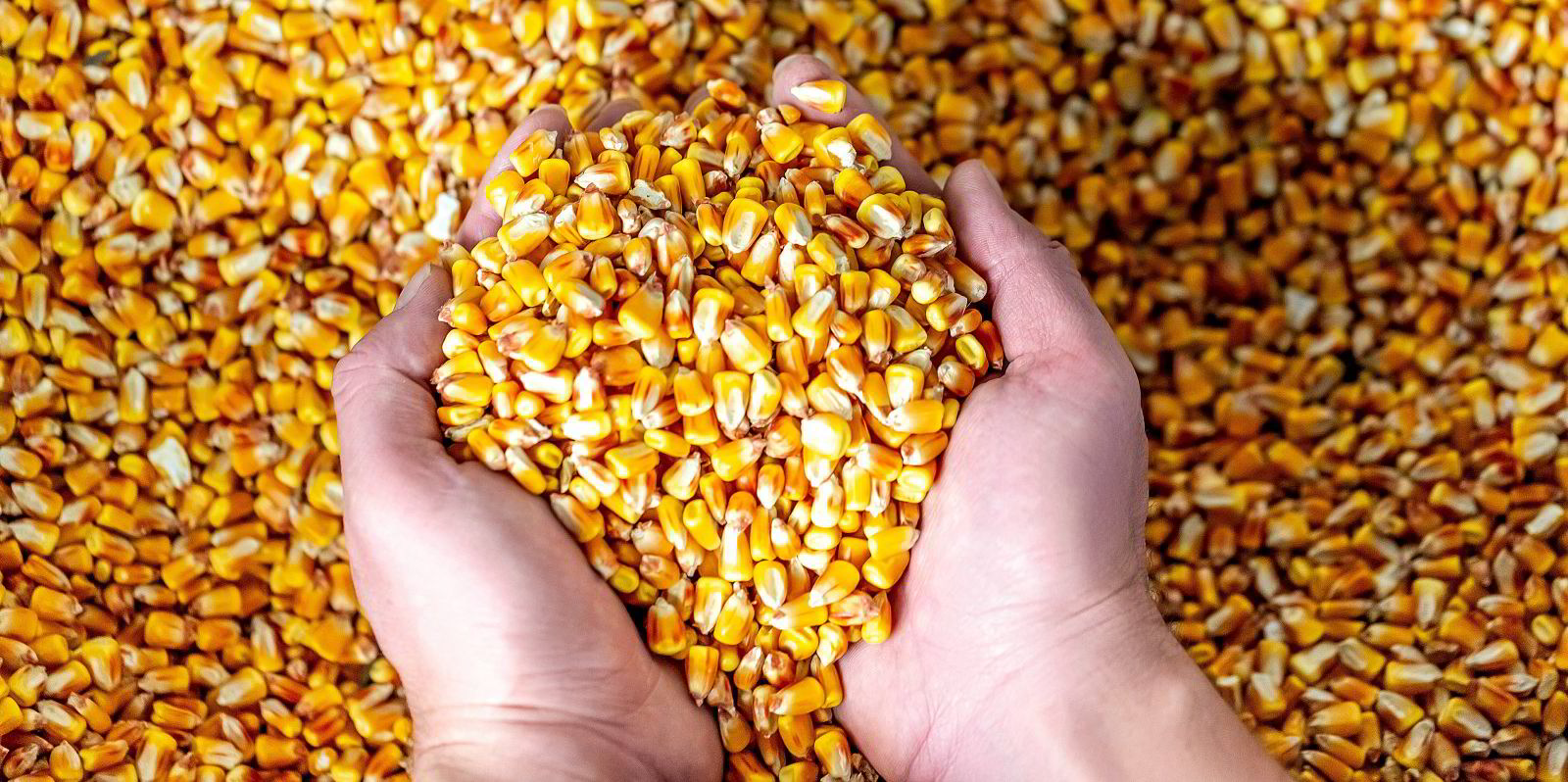China is increasingly looking to South America to satisfy its insatiable appetite for grains.
The Asian powerhouse nation’s corn imports reached a record monthly all-time high of 5m tonnes last December, supported by Brazil’s corn export boom, according to Braemar.
The shipbroker pointed out that while the US and Ukraine were the two main sources of corn for China in 2022, Brazil, which supplied a mere 1% in 2022, muscled in to supply an estimated 56% of the 27.1m tonnes in 2023.
The trigger for Brazil’s sudden and very significant drive into the Chinese corn market was an agreement on contamination checks, which Braemar described as “the final regulatory barrier to Brazil’s corn exporters”.
The shipbroker noted that panamax/kamsarmax demand benefited the most from the various changes to China’s corn trades in 2023, rising by almost 4m tonnes net.
Nonetheless, it said that supramax/ultramax involvement in the trade also rose by 1.4m tonnes in 2023 “thanks to more corn shipments to China from Brazil and Bulgaria among others”.
Similar agreements China recently signed with Argentinian grain exporters could also see a significant share of the source market for wheat imports shift to South America.
Australia is currently China’s largest wheat supplier, with Canada taking the second spot. The US and France follow at a distance.
Although China recently authorised several Argentinian companies to export their grain, the US Department of Agriculture noted earlier in February that no sales of Argentinian wheat to China have yet been announced.
This should not come as a surprise.
Argentina’s wheat production is seasonal and its farmers closed their 2023/24 wheat campaign in January with a harvest of 15.1m tonnes, which the Buenos Aires Grain Exchange said was 3.1 million tonnes below the initial outlook due to reduced planting areas and climate issues.
The bulk of Argentina’s exported wheat crop is sold to Brazil, followed more distantly by North Africa and Asia, where the main buyers are Bangladesh, Indonesia, Malaysia and Vietnam.
Although Argentina’s 2023/2024 wheat harvest came in lower than expected, the country’s new president Javier Milei is pushing to increase overall grains exports by 40% in 2024.
Grain traders therefore believe that any major move by China to buy Argentinian wheat will likely only be seen in the 2024/2025 wheat campaign.
Which sector of dry bulk will benefit also remains to be seen. According to Braemar, China’s wheat imports from North America are almost exclusively carried on panamaxes, as are imports from Australia. The country’s imports of French wheat over the past several months were more evenly split between panamaxes, supramaxes and ultramaxes.






